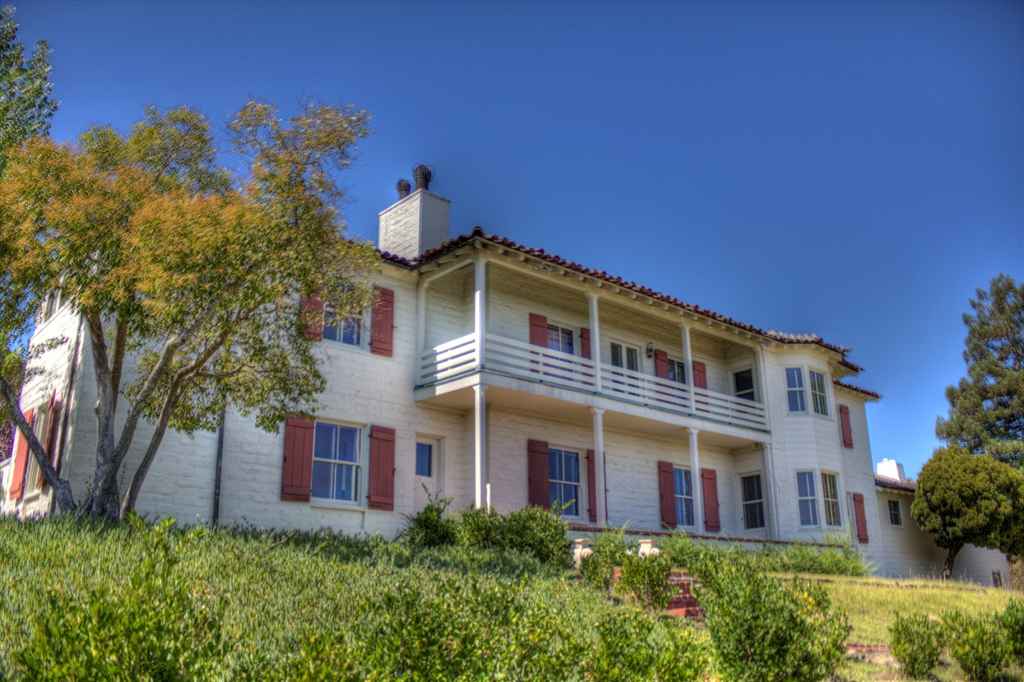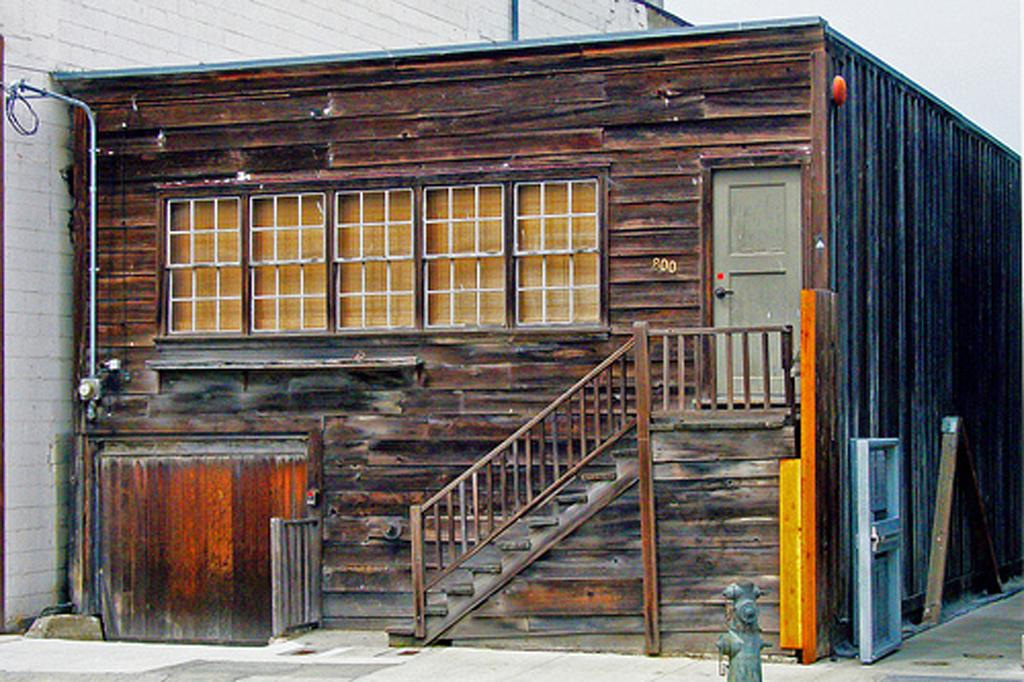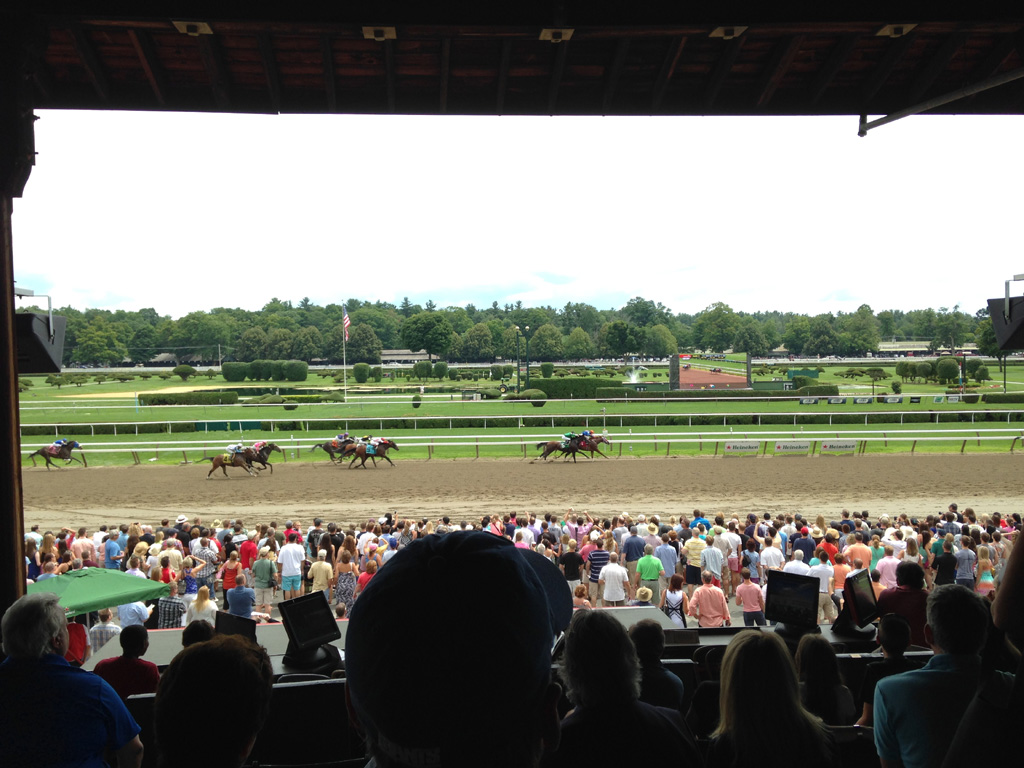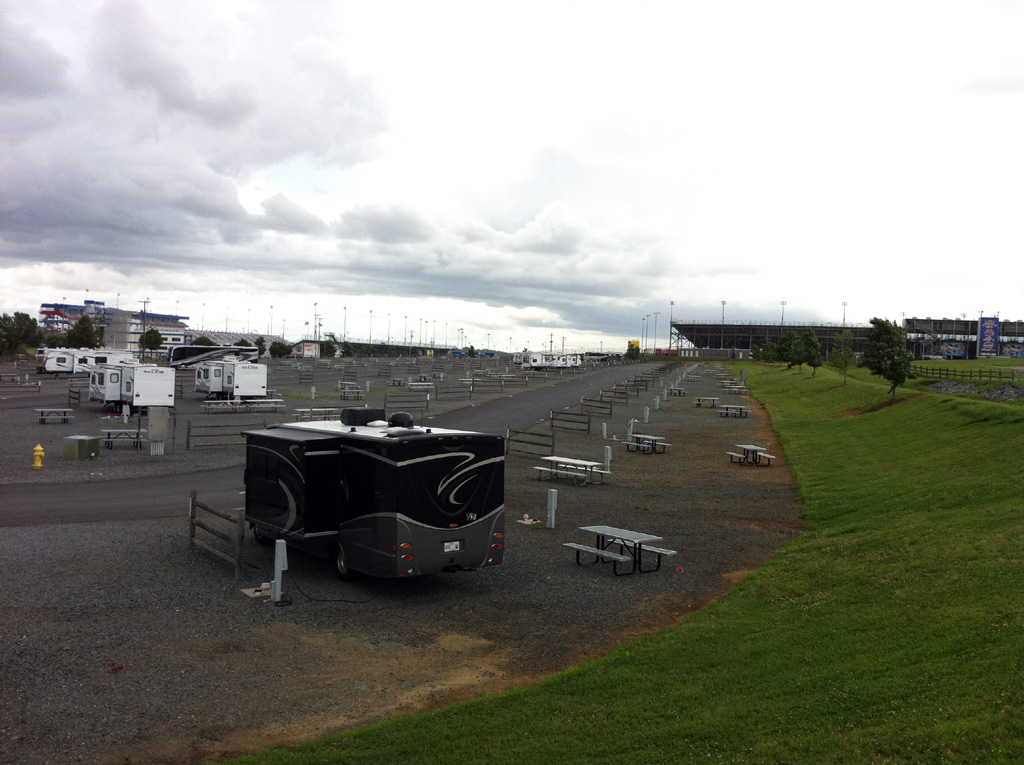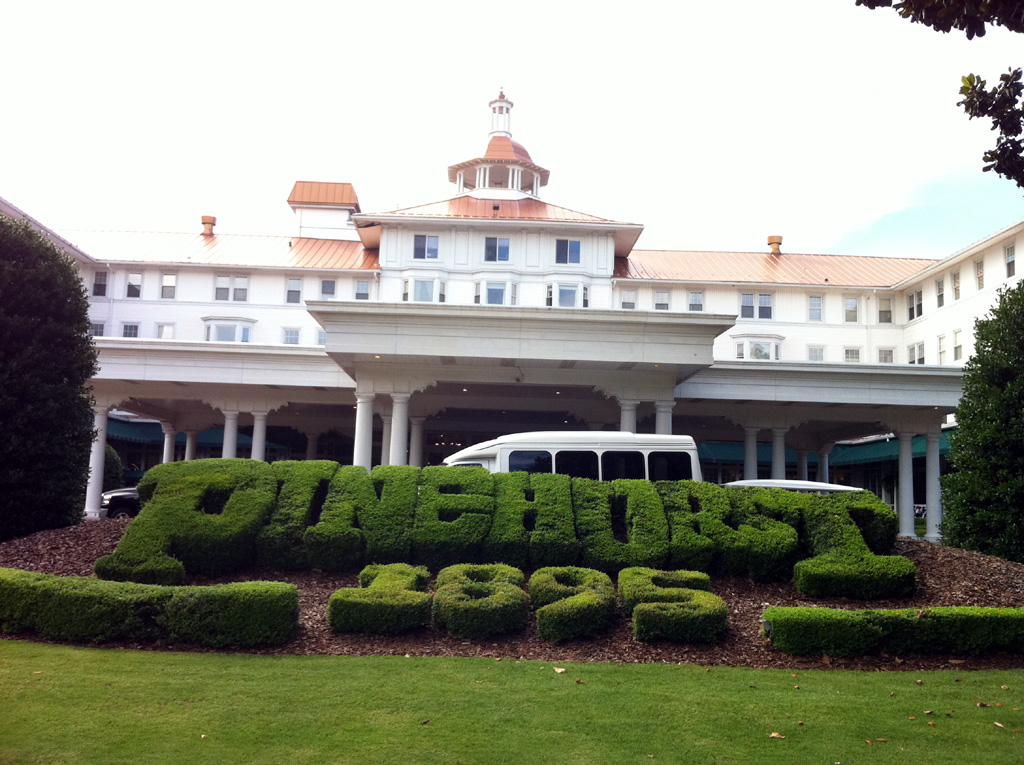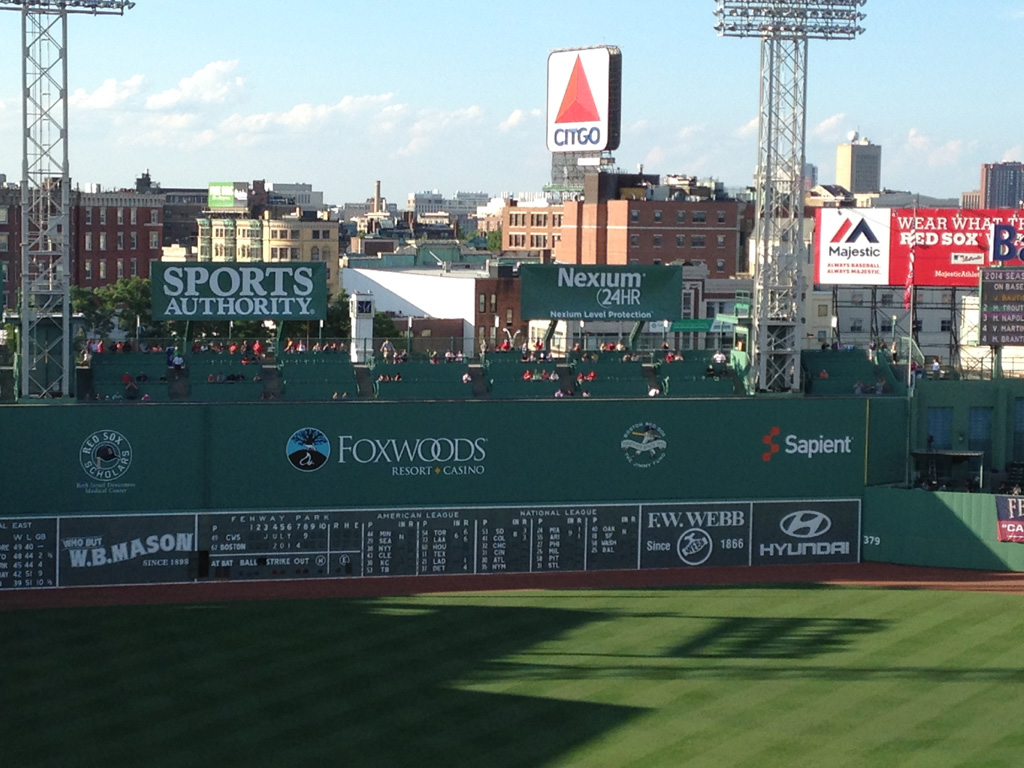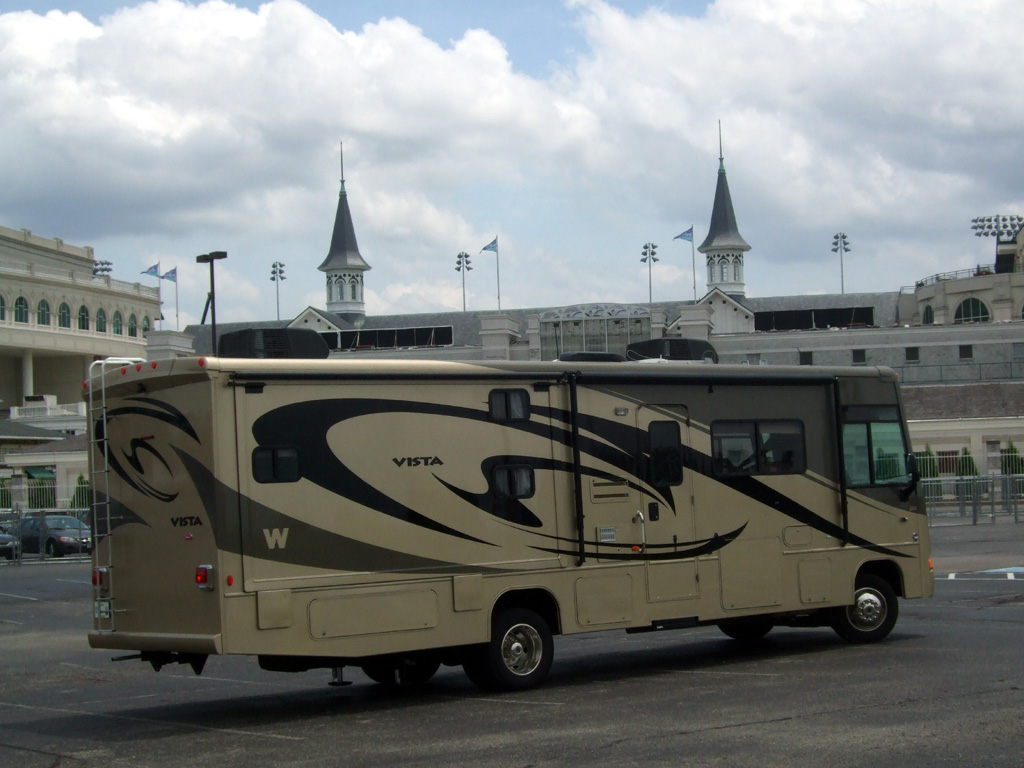
Great 8: Literary Landmarks
There are some folks who believe we don't need monuments to writers. They claim the writers' words are monument enough. As an author with an ego, I can appreciate that. But by exploring the environments that inspired authors and playwrights and poets, we can only gain a greater appreciation of their work. After all, the best writers immerse their readers in a sense of place.
Here's how the late Glen Fuller, former superintendent at a National Historic Site that was once playwright Eugene O'Neill's home in Danville, California, put it: "If you've ever been to, say, an Anastazi ruin in the Southwest, you sense the culture that allowed those people to live and thrive. When people come here, they get that same understanding of the setting that sparked the writer's creativity."
So here are eight literary landmarks. Most of them allow you to pay homage to some of the world's most renowned practitioners of putting pen to paper (or fingers to keyboard). And a couple... well, if you're book-lover, they're just worth the visit.
In 1936, Eugene O'Neill, the architect of modern American theater, won the Nobel Prize for Literature. The accompanying stipend allowed him to purchase a 158-acre ranch near Danville, just east of Oakland. It was a plot of land offering a view of Mount Diablo across the San Ramon Valley. There, he and his wife Carlotta built a quirky house with a Spanish colonial exterior but Asian inclinations. They named it Tao House, a nod to O'Neill's interest in Eastern philosophy, and indeed there are several elements of Taoism inside and out--from the curved walkways to the sky-blue ceilings and terra cotta floors.
Because the house is located at the end of a winding private road, the National Park Service provides a free 14-person van for transportation to the site, which shuttles to and from a Park-and-Ride in Danville. Take one of two guided tours a day (reservations required, Wednesday through Sunday year-round) and stroll into the second-floor study where the playwright penned his most successful works, including The Iceman Cometh, A Moon for the Misbegotten and Long Day's Journey Into Night. And if you visit in September, during the Eugene O'Neill Festival, you can watch one of his classic performed on the premises.
Despite the view from Tao House and the outdoor pool and the whimsical player piano, there is a somewhat shadowy aura about the place, and the existence of colored mirrors--green, blue, even black--adds to the ghostly atmosphere. But as the park ranger will explain, it's not a haunted house; it's just the house of a haunted man.
On California's Monterey Peninsula, along Cannery Row, there is a memorial of sorts to John Steinbeck's muse. The tourists generally don't stop at 800 Cannery Row in Monterey, but this little building is an antique among extreme makeovers. All of the old canneries on Cannery Row have become restaurants or malls or have been incorporated into the world-class Monterey Bay Aquarium. But this little building--which, in fact, inspired that aquarium next door--retains its originality.
Both Ed Ricketts and John Steinbeck studied life's quirky interactions. Ricketts combed tide pools to fill the shelves of Pacific Biological Laboratories, while Steinbeck directed his attentions to the lovable and flawed denizens of his hometown. Cannery Row was his tide pool; lyrical prose was his laboratory experiment. But his muse was Ricketts (who died tragically in 1948 when his car was struck by a train at the other end of Cannery Row). Ricketts was the model for a half-dozen Steinbeck characters, most notably "Doc," the protagonist in Cannery Row and Sweet Thursday, which transformed Ed the scientist into Doc the legend.
Doc Ricketts' Lab is open to the public on only a handful of occasions each year. Standing inside the wood-paneled set of rooms, with a second-floor view of the street on one side and the sea on the other, one is transported to a time when the bay was brimming with sardines, the town was awash in characters, and a motley crew of artists, writers and scholars would gather to get metaphysical over a batch of homemade brew. It is a monument to an original friendship--between a biologist-philosopher who found life teeming in the strangest places and a writer who found much the same thing.
The Ernest Hemingway Home & Museum is appropriately unusual. After all, Hemingway was a giant of a character, quirky and relentless and memorable for far more than just his body of work. And also, after all, this is a house in Key West, where strangeness is celebrated. In fact, consider this: Every year on the third Saturday in July, Hemingway (who shot himself in 1961) basically comes back to life--in the form of the "Papa" Hemingway Look-Alike Contest, a highlight of the annual Hemingway Days celebration. Yes, scores of portly, white-bearded men, most of them wearing safari garb or wool fisherman's sweaters, descend on Key West, which served as Hemingway's island retreat throughout the 1930s.
The house was already 80 years old by the time he moved in--in 1931. The same furniture and accoutrements are still there--chandeliers from Paris, a 17th-century chest from Spain, a red leather chair used as a prop in Hemingway's only full-length play. And, in a manner of speaking, the same cats. You see, Hemingway's most beloved pet was a polydactyl cat--that is, a cat with six toes--named Snowball. It was a gift from a ship's captain. Today, the Ernest Hemingway Home is positively brimming with dozens and dozens of descendants of Hemingway's original cats, and about half of them carry a polydactyl gene.
Seeking "a quiet place in the country to write and loaf in," Jack London purchased 1,400 acres of land in California's Sonoma County and began supervising construction of his dream house, a 26-room mansion made from redwood logs and boulders of maroon lava. There was a two-story living room, a dining room seating 50, a pool stocked with bass, a gun and trophy room, a library, a sleeping tower. Wolf House, as he named it, stood on an extra-thick concrete foundation to withstand earthquakes. London expected it to stand for one thousand years.
In late July 1913, the $80,000 project was nearly complete, and London wrote, "...when it is done, I shall be really comfortable for the first time in my life." Alas, three weeks later, just as he and his wife Charmian were preparing to move in, Wolf House burned to the ground, a mystery that remains unsolved. London planned to rebuild, but he died of kidney disease exactly 39 months later. His dream house remains a haunting collection of charred rock walls and chimneys among the towering trees on the outskirts of the community of Glen Ellen. It is surrounded by an 800-acre state park, including a hiking trail to his gravesite.
London, who penned one thousand words every morning and completed more than 50 books about the struggle to survive, once wrote, "I'd would rather be ashes than dust!" And so he is.
They call it America's Hometown, but that's really because Mark Twain is America's Author. And to visit his hometown of Hannibal is essentially to drive into the page of the Great American Novel. There may be no place in the nation more associated with a writer. In this Missouri hamlet, Mark Twain--known as Samuel Clemens while growing up on the banks of the Mississippi River--is everywhere.
You can tour his boyhood home and smile your way through the Mark Twain Museum. And you can ride the Mark Twain Riverboat, taking a tour of the same waterway that Huck Finn and Jim experienced in The Adventures of Huckleberry Finn and that Twain himself navigated as a riverboat pilot in Life on the Mississippi. But you can also grab a bite at the Mark Twain Dinette. Or sleep at the Hotel Mark Twain. Or buy souvenirs at Twain Town.
His storytelling comes alive at the Injun Joe RV Campground and the Mark Twain Cave and Becky Thatcher's Home and Tom Sawyer's Fence, where he "persuaded his gang to pay him for the privilege of whitewashing." In fact, there's always a faux can of paint waiting alongside it, and if you're lucky enough to arrive there around the Fourth of July holiday, just in time for Tom Sawyer Days, you might stumble upon the National Fence Painting Finals and wonder if you've stepped into the pages of Twain's classic story.
If creating poetry is a bit like building a house, requiring careful construction and reflecting both philosophy and style, then it follows that a home is like a poem. This is most evident at Tor House, the longtime residence of Poet Robinson Jeffers in Carmel, California.
Upon their arrival in Carmel in 1914, Jeffers and his wife, Una, often would stroll to their favorite spot--a craggy hill (or tor) which would soon mark the site of their home, built primarily from the rocks of Carmel Point (though you can also spot a tombstone from Ireland, a portion of the Great Wall of China, and a pothole from one of Napoleon's ships). Most days consisted of Jeffers constructing his poems in the morning and his home in the afternoon, a house with a coastal view so grand that Jeffers faced his desk inland, figuring otherwise he would never get any work done.
A highlight of the Tor tour is Hawk Tower, which Jeffers built as a sanctuary for his beloved wife. He rolled boulders up from his private beach and meticulously set them into place, making "stone love stone," as he put it. By the time he completed the structure, it was as much as six feet thick and almost forty feet high. From the top, you can look out toward the endless sea and the seashore upon which a man and his wife built their life together. And you can't help but marvel that his finest love poem was made of stone.
Driving to Kansas City Public Library is like driving into the pages of a massive book--or a shelf of books, quite literally. The Community Bookshelf, as it is called, is a mural of sorts covering a full city block. It runs along the south wall of KC's Central Library parking garage--on 10th Street between Baltimore Avenue and Wyandotte Street. The book spines are made of signboard maylar and measure about 25 feet tall and nine feet wide.
These are big books--not only physically, bit in the world of literature. In 2004, when the Bookshelf was created, the library's board of trustees selected 22 titles to reflect the variety of interests as suggested by local readers. And they were good--really good--choices. The voluminous volumes range from A Tale of Two Cities (Charles Dickens) to One Hundred Years of Solitude (Gabriel Garcia Marquez) to Fahrenheit 451 (Ray Bradbury), from Charlotte's Web (E.B. White) to Plato's Republic, from Silent Spring (Rachel Carson) to Undaunted Courage (Stephen Ambrose).
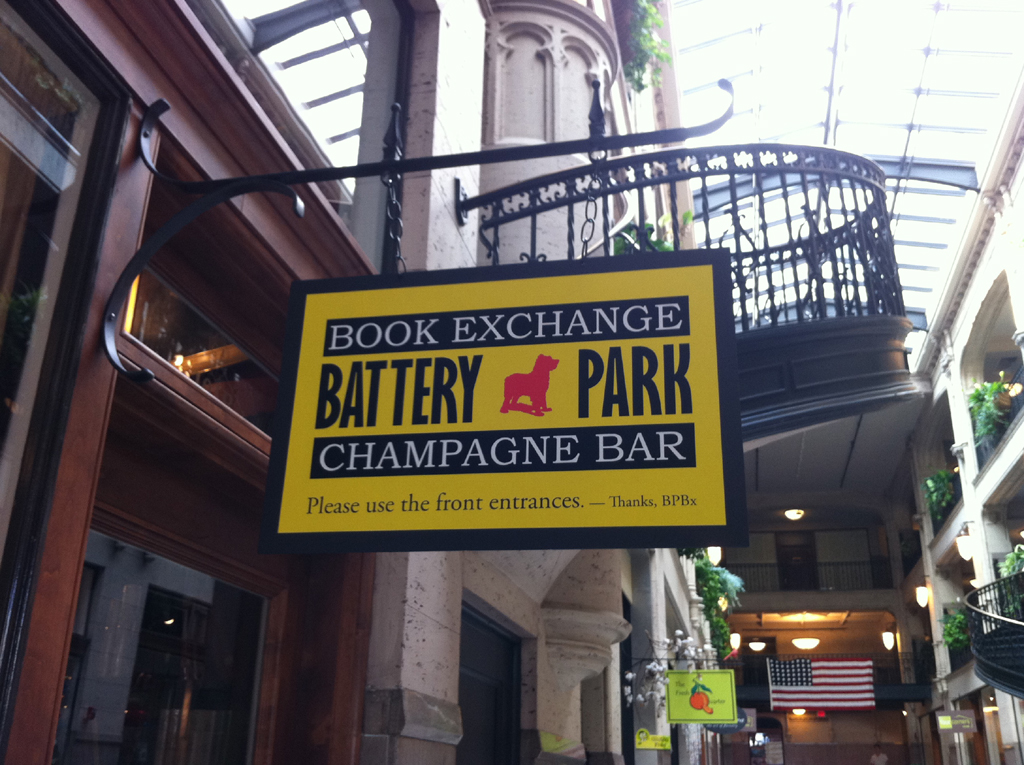 Battery Park Book Exchange & Champagne Bar
Battery Park Book Exchange & Champagne Bar
Every Friday night in Asheville, North Carolina, where the folks like to say that "normal is weird," the locals--and more than a few tourists--revel in a drum circle. It is a gathering of dozens of drummers and bongo players (along with some tambourines and cowbells and hula-hoopers to round out the entertainment). They fill Asheville's Battery Park and pound away into the night, many of them certainly dancing to the beat of their own drummer.
And shouldn't that describe literature, too? Each book, each page, each sentence is interpreted according to very personal and singular sensibilities. The act of writing a book, reading a book, even browsing a bookstore should have that "normal is weird" quality. Which is why Asheville's Battery Park Book Exchange & Champagne Bar is so perfect.
Picture many thousands of used hardcover books for sale, shelved amid a tri-level maze of narrow aisles. They serve 80 wines by the glass, as well as specialty drinks with names like Carl Sandburg and Zelda Fitzgerald. Champagne, too, of course. Books and spirits galore. Want some Laurent-Perrier with your Ray Bradbury? How about a peek at William S. Burroughs along with a taste of Roederer Premium? It is an oenophile bibliophile's heaven.
Comments
Comments on this post are moderated, so they will not appear instantly. All relevant questions and helpful notes are welcome! If you have a service inquiry or question related to your RV, please reach out to the customer care team directly using the phone numbers or contact form on this page .
